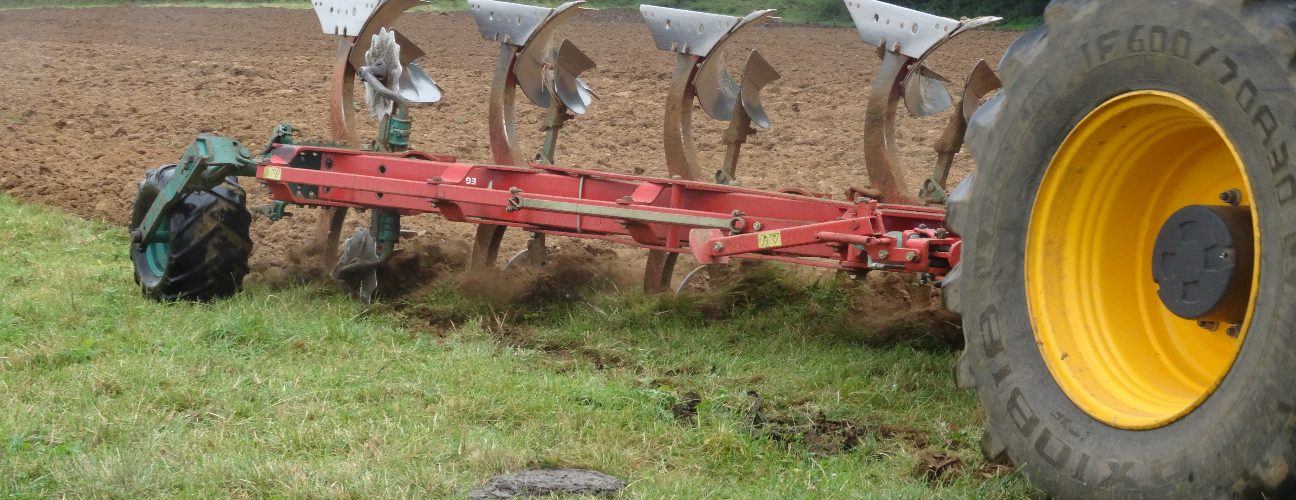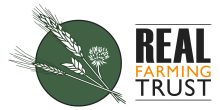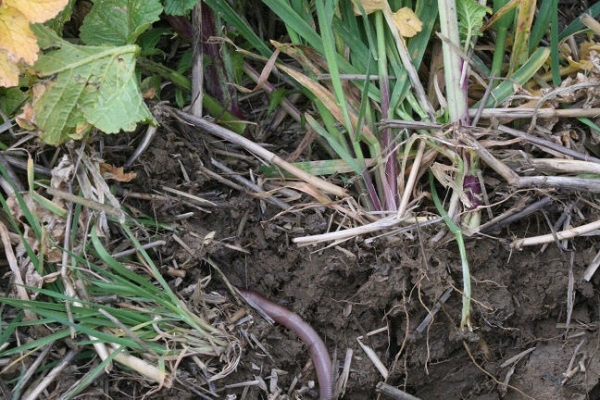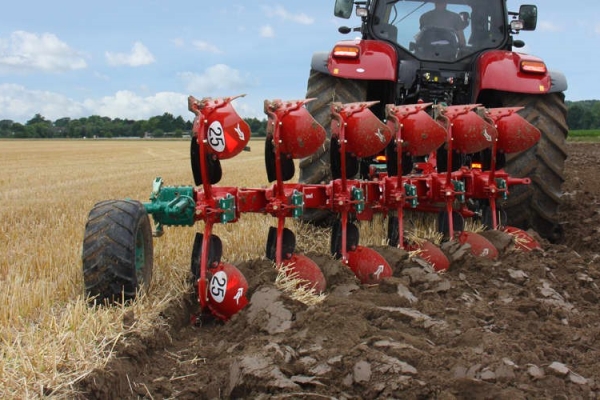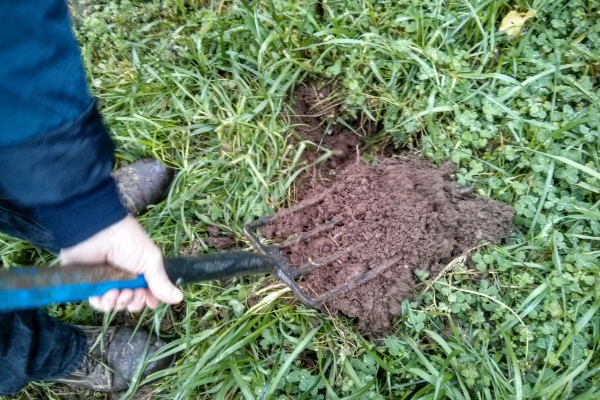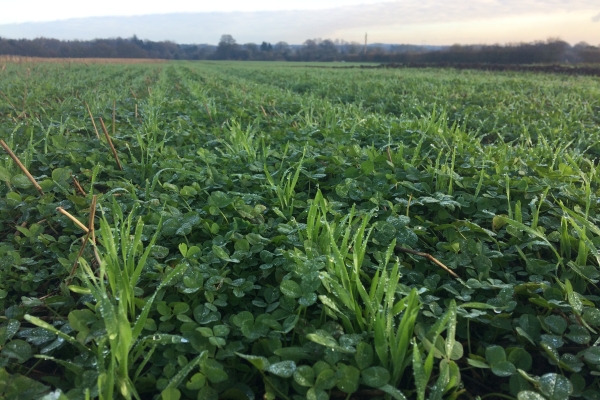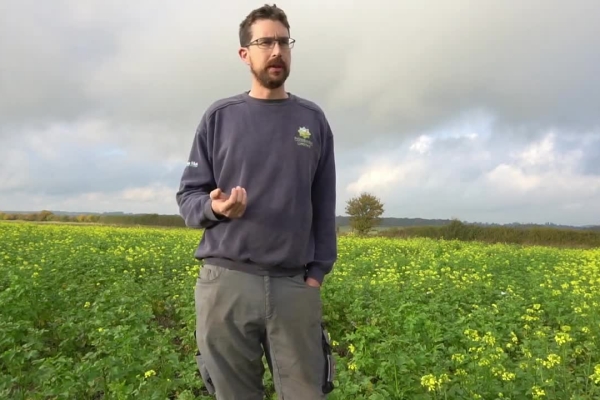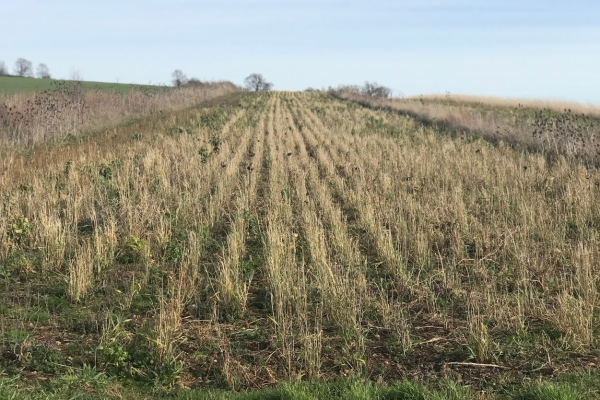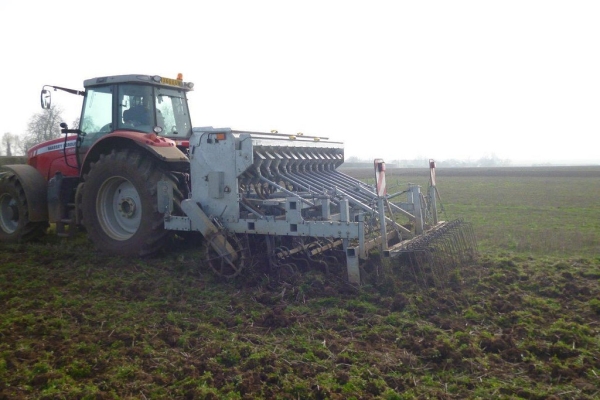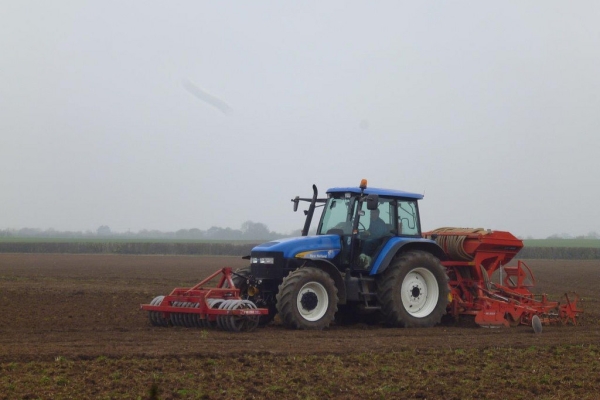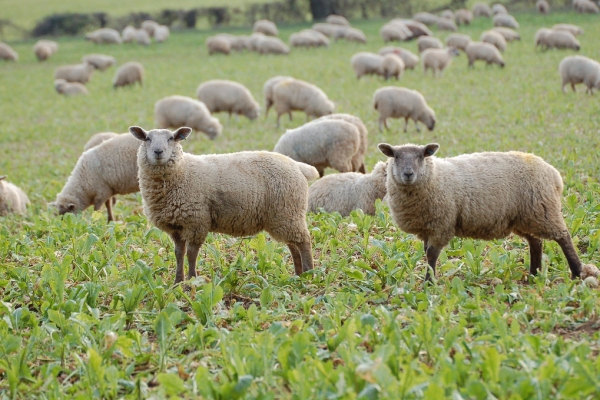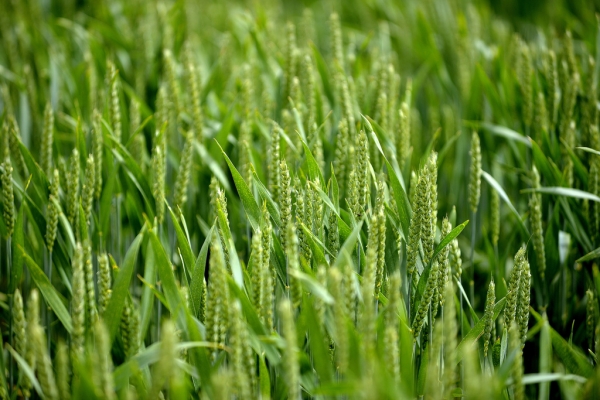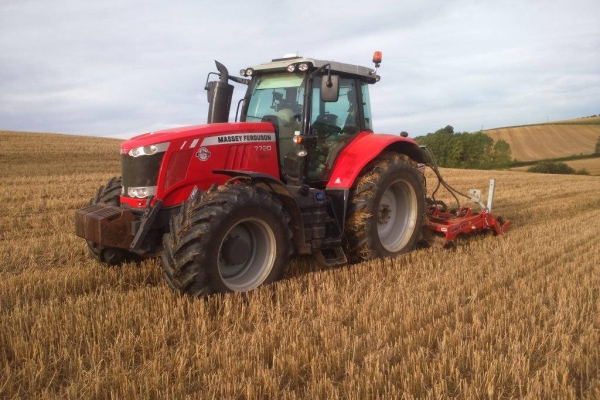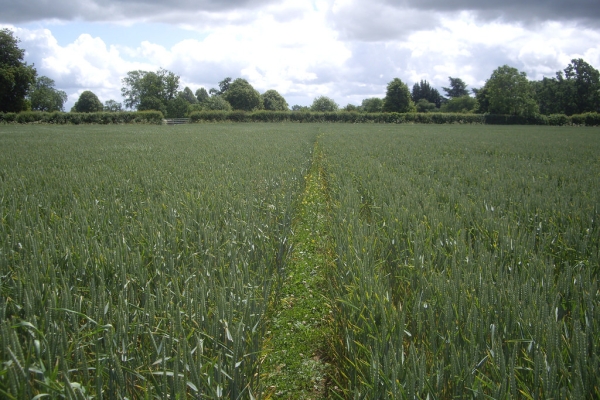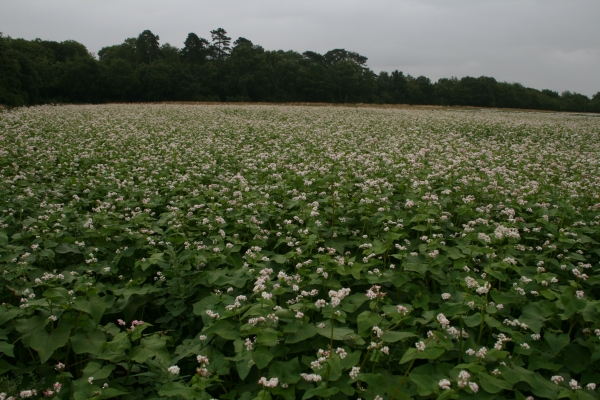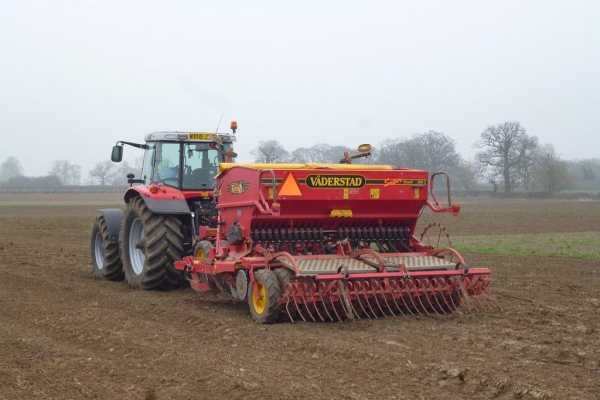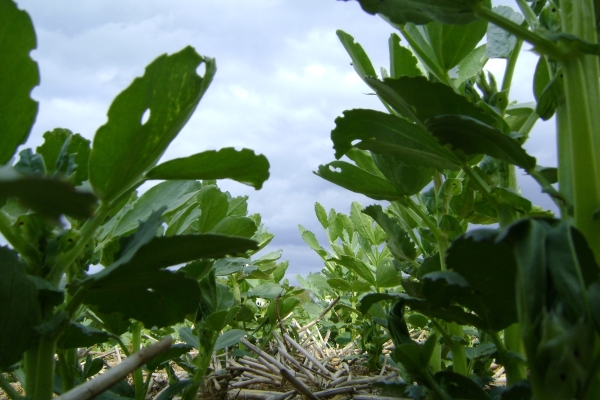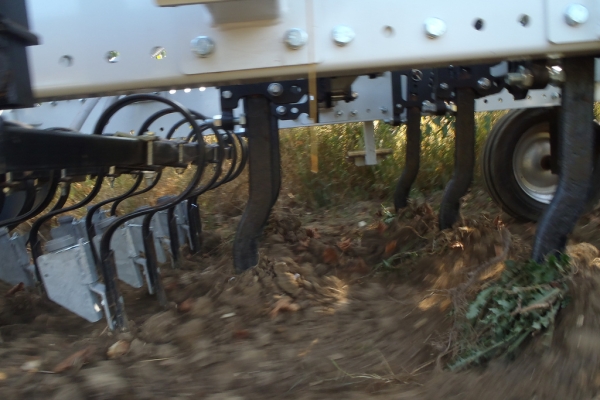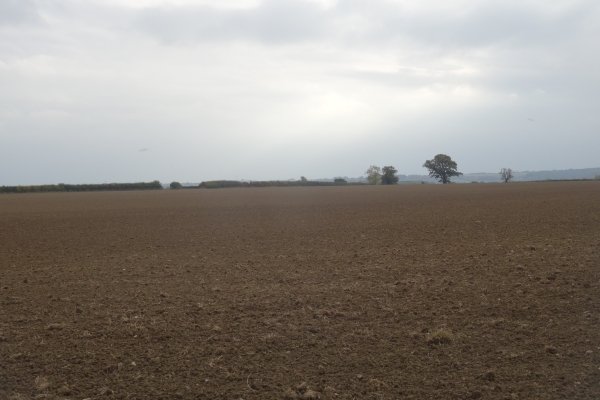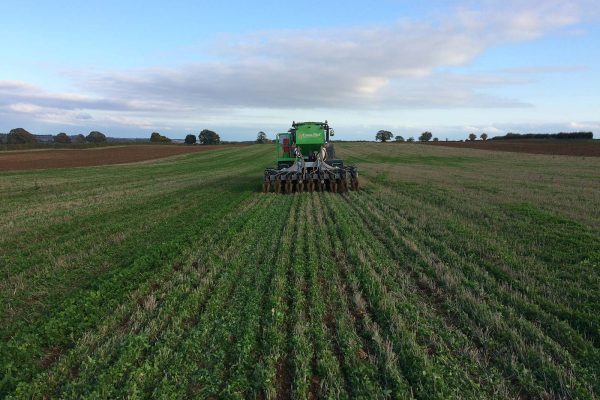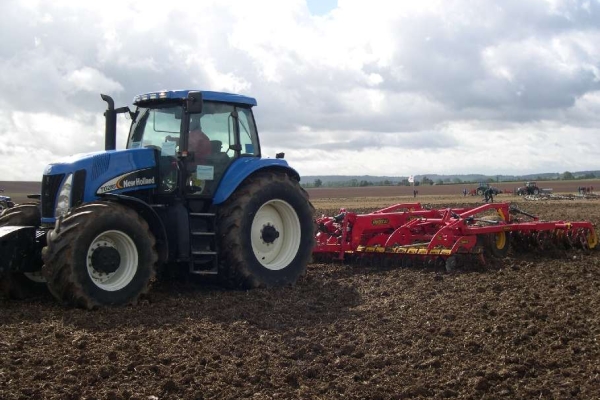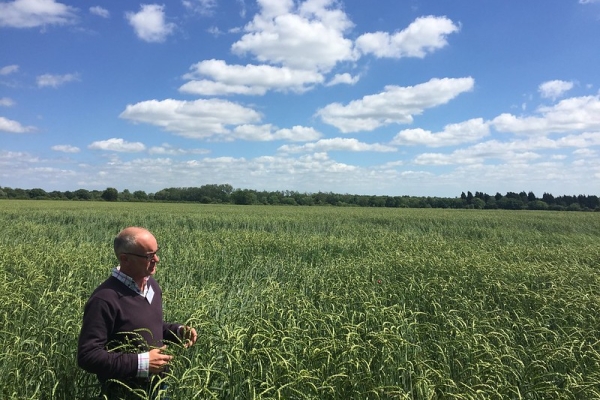The Role of Tillage: Science and Best Practice
ORFC 2025
Resource explained
This resource consists of the audio recording and presentations from a session at the Oxford Real Farming Conference 2025 which aimed to address the stigma around the use of tillage in organic and agroecological crop production. Chaired by long-term organic farmer and adviser Mark Measures, short presentations were given by experienced organic grower Iain Tolhurst (Tolly), research agronomist Dr Dominic Amos of Cope Seeds and biodynamic farmer Richard Gantlett. This was followed by a discussion; mainly focused on weeds, their control (contrasting with glyphosate-based systems) and value in organic systems.
Findings & recommendations
- Tillage; mixing air into the soil and mobilising plant nutrients, is crucial for plant growth.
- Evidence from DOK trials shows that organic and biodynamic farming can increase soil organic matter levels over time.
- Potential for sequestration under no-till systems is “hugely exaggerated.”
- “It’s not the plough – it’s the how.” Use of ploughing needs to be done with care.
- Their tillage-based vegetable production system incorporates a lot of green manures into the rotation and has increased soil health and sequestered carbon at depth over time.
- You can produce good levels of soil carbon (80 tonnes = 12.5 oak trees per hectare) together with food.
- Demonisation of tillage and ploughing is not reasonable.
- Organic soils are healthy and recover quickly from tillage.
- The use of living mulches can extend the period of no-till on organic farms.
- Yatesbury House Farm is sequestering (capturing from the air) 10x more carbon than it is emitting.
- Sold the plough in 2003.
- Tillage is necessary for repairing damaged soil and establishing seedbeds and weed control.
- Uses light machines and relies on crops to outcompete weeds.
- Weeds are a really important part of the system.
Mark Measures
Tolly
Dominic Amos
Richard Gantlett
